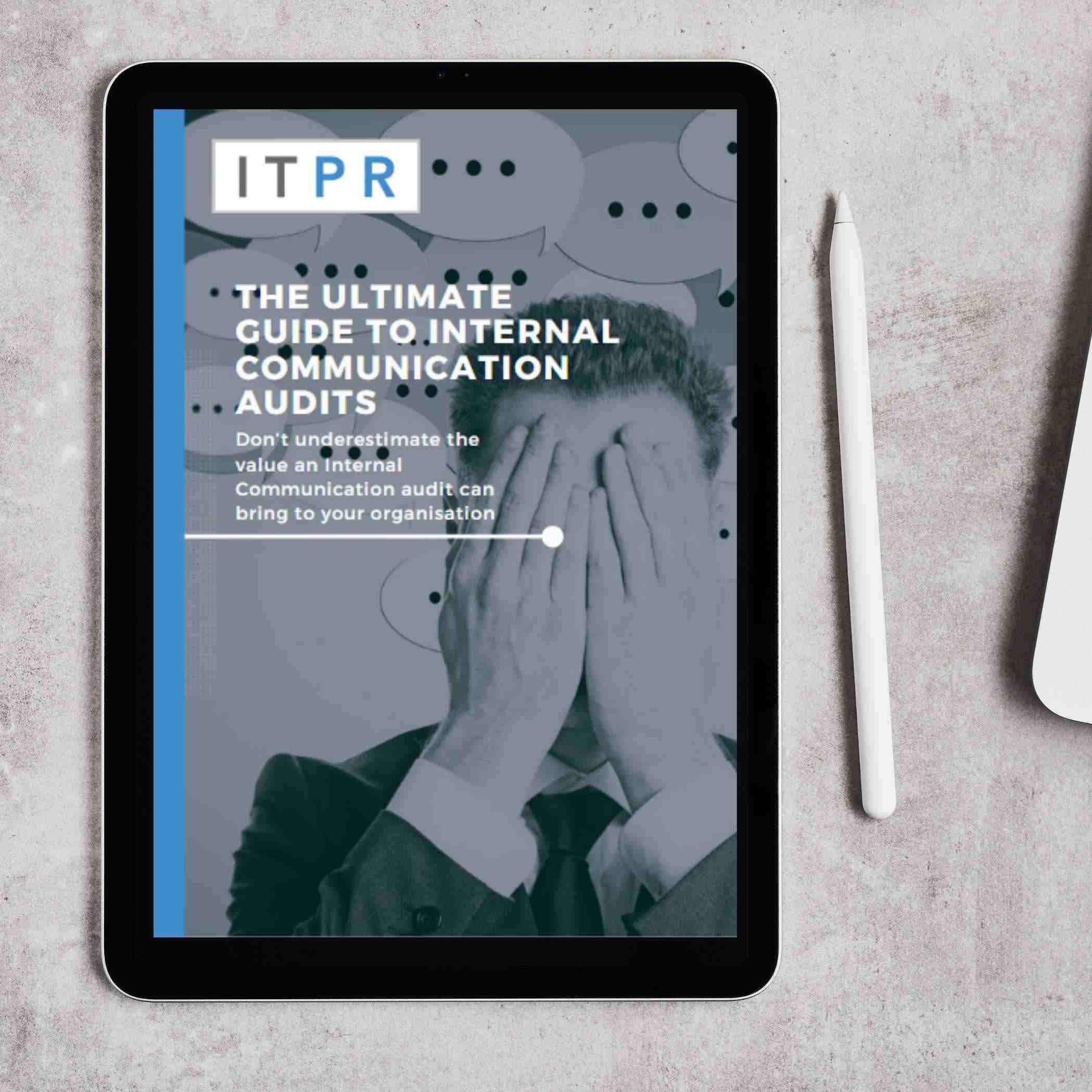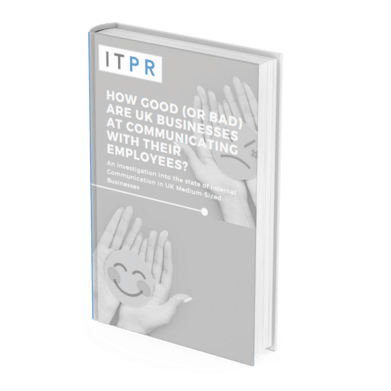Effective Internal Communication is important because, frankly, it impacts upon the bottom line!
It sounds obvious, but organisations - regardless of their size, sector, complexity and locality - need to communicate effectively, efficiently and regularly with their employees, to ensure they’re engaged with what they’re doing and why they’re doing it.
In reality, however this isn’t always the case and if an organisation fails to do this it will, without exception, be to its detriment. Internal Communication takes careful thought, planning, understanding and execution. It should be a consideration for every strategic action an organisation takes and should have a seat, or at least a voice, in the boardroom.
On the surface, Internal Communication sounds simple. You communicate the right message, at the right time, the right way, so employees know what is expected of them and what is happening within the organisation.
But in order for Internal Communication to be demonstrably effective, it must ensure that employees are fully-engaged. In order to do this, employees have to see that the organisation values their views and opinions and individual contributions to the overall business objectives. This becomes increasingly important as organisations grow and become more complex, which can happen in many different ways.
For example, an organisation may expand (either organically or by acquisition) over time, or overnight, it may increase its portfolio with new products and/or services. It may launch new systems, processes, or ways of working, such as agile or hybrid. Internal Communication plays a central role in ensuring employees know what has happened, why it has happened and if anything will change as a result.
Internal Communication is more than simply shooting a message across the bows of employees by sending a company wide email, pinning a note on a notice board (print or digital), or telling employees what they need to do and expecting them to immediately understand what they are expected to do with the information.
Effective Internal Communication is about relationships, storytelling and motivation.
The most powerful Internal Communication strategies aim to create shared understanding amongst employees, at all levels, so they feel included and part of the bigger picture. The C-level executives may know what the bigger picture is, but do all employees know?






.png?width=60&name=twitter-logo%20(1).png)
